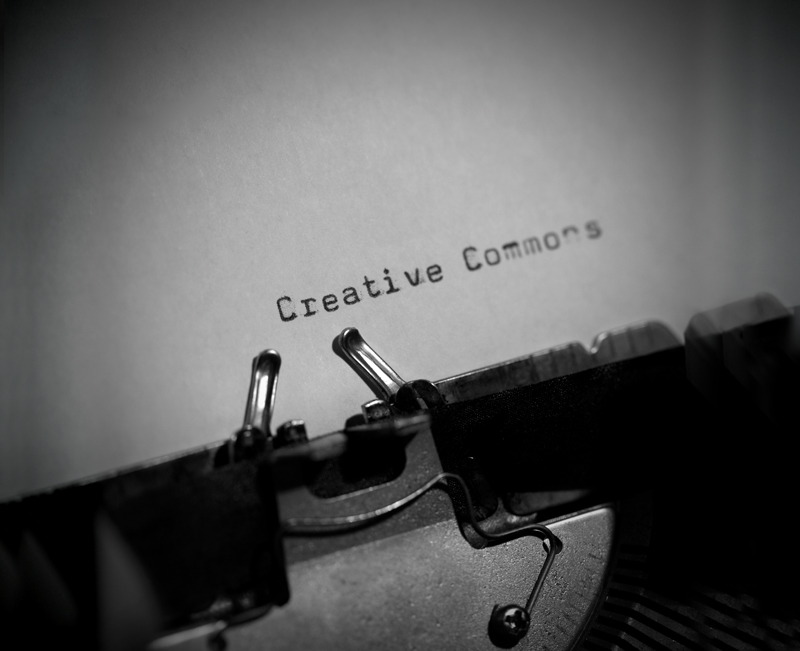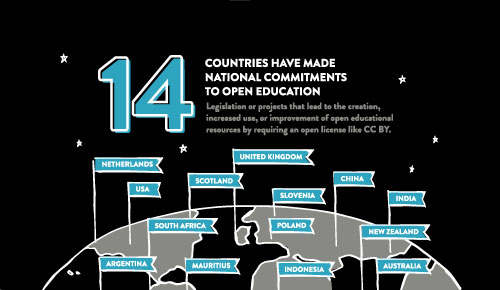Issue 92
Term 1 2015
Copyright for Educators
Jessica Smith, National Copyright Officer for the National Copyright Unit. Here she advises on copyright issues and copyright licences for the Education sector and provides smart copying tips for teachers and librarians.
Introduction
In today's digital environment, teachers and students are connected by an ever-increasing number of devices to a world of online content. This article provides some smart copying tips to help teachers to actively manage copyright costs while complying with their copyright obligation. It also tackles the tricky issues of YouTube and iTunes. Although copyright can be complex, remembering the five Ls can help you to manage the risks and costs associated with using other people's content:
- Look for Open Education Resources and use these as much as possible.
- Link instead of copying whenever this is an option.
- Limit the amount you copy to what you actually need for educational purposes.
- Label the content with the details of its author, owner, source, and the basis on which you are copying it.
- Later delete or archive the content once you no longer require it for educational purposes.
The National Copyright Unit (NCU) provides guidance to teachers and schools about copyright. The NCU's website, Smartcopying contains useful guidelines, FAQs, information sheets, and educational resources that can help you to navigate copyright in your classroom. Whenever you have a copyright question you should check the Smartcopying website for further information.

Creative Commons
Smart Copying Tips
There are many ways in which you can manage your use of copyright materials in order to ensure that you comply with your copyright obligations and manage costs for your school. Some of these methods are set out below.
Linking
Linking is not a copyright activity. This is because you are not actually 'copying' or 'communicating' any material, you are just providing a path to its location on another website. Providing links to material on external websites will not infringe copyright and you do not need to seek permission from the website owner to include a link to their website.
Even though you do not need permission to link to content, you do need to acknowledge the source to which you are linking, for example by including the name of the author of the material and the details of the website. You should also avoid linking to a website that itself infringes copyright. A good rule of thumb is to link only to the pages of the original creators of the content (for example, the broadcaster's website for a TV show excerpt, or the film producer's channel on YouTube).
Embedding
Embedding is another type of linking. The difference is that there is no need to leave the school's website or intranet in order to access embedded content. Embedding is commonly used for displaying online films, such as YouTube clips, on websites. Embedding involves copying the HTML code of the film, which is often displayed in a box near the film, and reproducing it on your website. The result of this is that a small screen showing the film will appear on your website.
In addition to avoiding copyright liability, embedding is a good way to ensure that students only access the specific material you want them to see, as opposed to accessing an entire webpage that may contain other material not appropriate or relevant to the class exercise. It also means that the students do not leave the school content repository (e.g. class wiki or blog) in order to see the material.
Some websites, such as YouTube, provide the link for embedding films. This makes embedding an easy and practical alternative to copying. However, you should check the terms of use of the website from which you are embedding the film, to find out whether they impose any obligations on you. For example, YouTube's terms of use currently require you to create a prominent link back to YouTube on the page that contains the embedded clip.
Material created by you, your Department, or Administering Body
If you are using material that:
- is your own original work, which you have created in the course of your employment;
- or was developed by your department or administering body,
and it does not contain any material that was created by a person who is not an employee of the department/ administering body, then you do not need to obtain consent in order to use the material. This is because the department or administering body owns the copyright on this material.
However, you must always label the material properly, indicating the name of the school, department, or administering body that has created the material. For example:
Created by Mount Pritchard Public School, NSW Department of Education and Training, 2013
Open Educational Resources (OER)
OER are teaching and learning materials that are freely available online for everyone to use, re-use, and re-distribute for teaching, learning, and research. Many types of resources can be OER, including worksheets, curriculum materials, lectures, homework assignments, quizzes, class activities, pedagogical materials, games, and other resources.
OER share some fundamental values. OER:

Fourteen countries have made national commitments to open education.
- are free for any individual to use
- are licensed for unrestricted distribution
- can be adapted, translated, re-mixed, and improved.
Most OER resources use Creative Commons (CC) licences. This is because CC licences are well known blanket licences that are free and easy to use.
CC is a 'some rights reserved' model, as opposed to the 'all rights reserved' model of copyright law. Under a Creative Commons licence the copyright owner retains ownership in their work while inviting certain uses of their work by others. CC licences create choice and options for the copyright owner.
There are different types of Creative Commons licences, however one unifying feature is that they all allow free use for educational purposes. Therefore, neither permission nor payment is required in order to copy or communicate a Creative Commons-licensed work for teaching purposes. Most Creative Commons licences also allow modification, remixing, and sharing of the licensed material.
We recommend using Creative Commons licensed material as much as possible, since the licenses:
- are easy to understand
- cannot be revoked
- last for as long as copyright protection lasts.
For additional information on Open Education see the Smartcopying website.
Tricky Areas: YouTube and iTunes

Dielectrics. One of the many Open Education Resources available from CSIRO Science Image.
YouTube
You may be able to stream YouTube videos to a class under section 28 of the Copyright Act. This streaming may be directly from the YouTube website, or through a link to a YouTube video embedded on another website. The YouTube website provides information on how to embed links to YouTube videos.
The current YouTube terms of use state that copies of YouTube clips should not be made, and that the clips should rather be embedded using the YouTube Embeddable Player. The exceptions in the Copyright Act may nevertheless permit copying of YouTube content. You will need to find out whether your jurisdiction has decided to rely on the Copyright Act exceptions or to avoid making copies of YouTube content.
For more information, see the information sheet on Using YouTube.
iTunes
iTunes recordings are covered by the AMCOS/APRA/ARIA Licence which overrides the iTunes terms of use. As a result, if your school is covered by the licence, you can download music from iTunes and use it for educational purposes. All government schools are covered and the majority of Independent and Catholic schools. If you're unsure whether your school is covered, you should check with your peak body.
If you are not covered by the AMCOS/ APRA/ARIA Licence, you will need to comply with the iTunes terms of use, which state that products purchased from the store can only be used for 'personal, non-commercial use'. This may not include 'educational use'. You will need to find out from your peak body whether it has decided to rely on the Copyright Act exceptions or to avoid using content purchased from online stores such as iTunes.
The iTunes store does contain a variety of free content. This includes music, TV shows, films, podcasts and applications. This content can be streamed direct from the iTunes store or downloaded into your iTunes player without payment and used for educational purposes, irrespective of whether you are covered by the AMCOS/APRA/ARIA Licence. A user is not required to accept the iTunes Terms of Use when downloading free content, so the above restrictions do not apply.
Similar considerations will apply in relation to use of content from iTunes U, which provides sound recordings and podcasts of lectures from various educational institutions. Much of the content on iTunes U is free, in which case it can be downloaded and used for educational purposes. For paid content, seek guidance from your jurisdiction or peak body.
For more information, see the information sheet on Using iTunes in Schools.
Image credits
- Creative Commons: Photography by Jonas Tana. Available at: https://flic.kr/p/8WDDdN. CC BY-NC-ND.
- Fourteen countries have made national commitments to open education. Infographic by State of Creative Commons. Available at: https://stateof.creativecommons.org/. CC BY.
- Dielectrics: Photography by Darryl Peroni. Available at: http://www.scienceimage.csiro. au/image/10755/dielectrics/large. CC BY.
